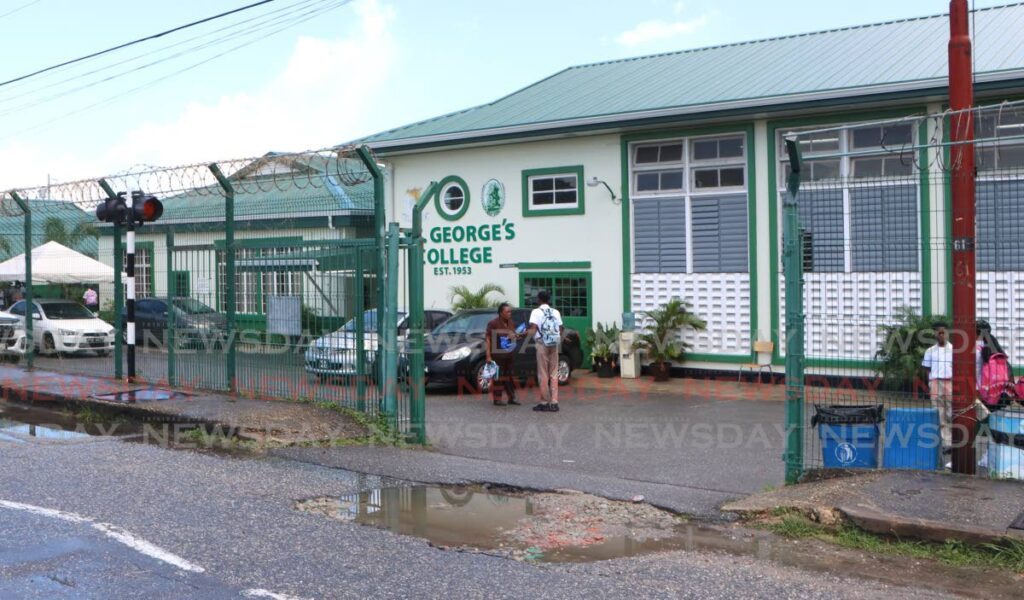Strategic solutions

DESPITE rebuttals from the Education Ministry that St George's College was ready to resume classes, the evidence of the first few weeks of use suggests that the school's reopening was, at best, premature.
Teachers walked out on September 18, worried about the condition of the school. Faced with the embarrassment of a flash-flooding incident on September 17, the ministry dismissed the possibility that the flooding was related to the roof repairs.
But if the school had done extensive roofing work, planning effective runoff drainage should have been central to those works.
St George's is hardly an isolated case. Two weeks into the new school term, parents lamented issues at Mt Hope Secondary School, where flooding, leaking toilets, a termite infestation, and exposed electrical wires spurred concerns about the safety of children attending the school.
If stakeholders at Mt Hope Secondary are worried, the parents and teachers of students at St Dominic RC Primary School are livid. In 2017, an earthquake damaged the school, and students were split between the Penal Community Centre and the St Dominic RC Church.
It's taken seven years for the compromised school structure to be demolished. The 170 students attending the school today have all been educated in temporary housing.
Parents are concerned that they are at increasing risk because of the diffuse nature of the schooling arrangements.
Infants share limited bathroom facilities with the migrant school, also accommodated at the church's parish hall.
Older children at the community centre may encounter adults who use the washrooms while attending other programmes.
The Education Ministry has been working to restore or replace decanted schools, opening Sister's Road Anglican Primary School and Holy Cross Anglican Primary School this term.
Education Minister Dr Nyan Gadsby-Dolly says the ministry can't afford the repairs that the collective school infrastructure requires.
The critical repair programme planned for the July-August vacation needed $190 million, but the ministry made do with just $20 million.
The collective bill for school repairs submitted by principals is $2 billion. The ministry operates with an annual budget of $5 billion, of which $3 billion is spent on salaries and $1.5 billion on running tertiary institutions. The ministry received an allocation of $8 billion in the 2023-2024 budget.
A third of the 125 secondary schools and half of primary schools are more than 50 years old. Thirteen schools are over 120 years old, and one still operates after 181 years.
And it isn't only the structures that are aging. The curriculum also lags behind modern requirements.
Trinidad and Tobago must formulate a plan to assess its infrastructure to either replace or refurbish it and retool its education system to meet the demands of the 21st century; or run the risk of offering education that is both inadequately delivered and irrelevant.

Comments
"Strategic solutions"